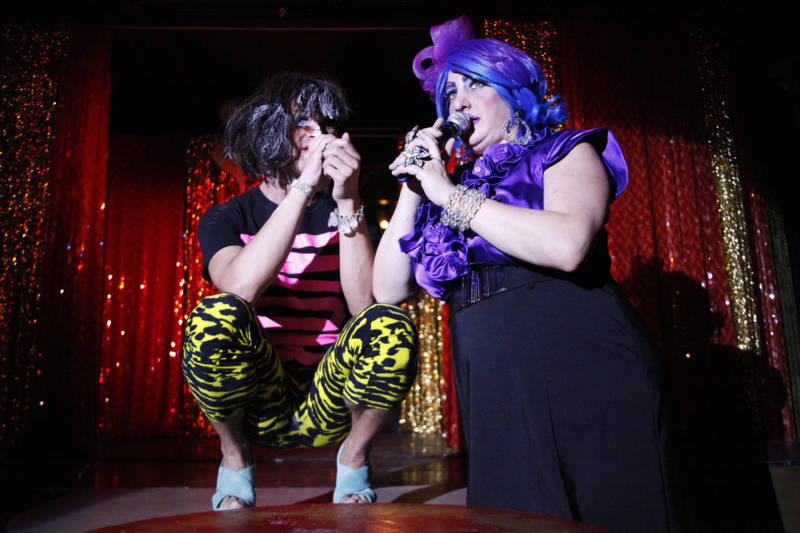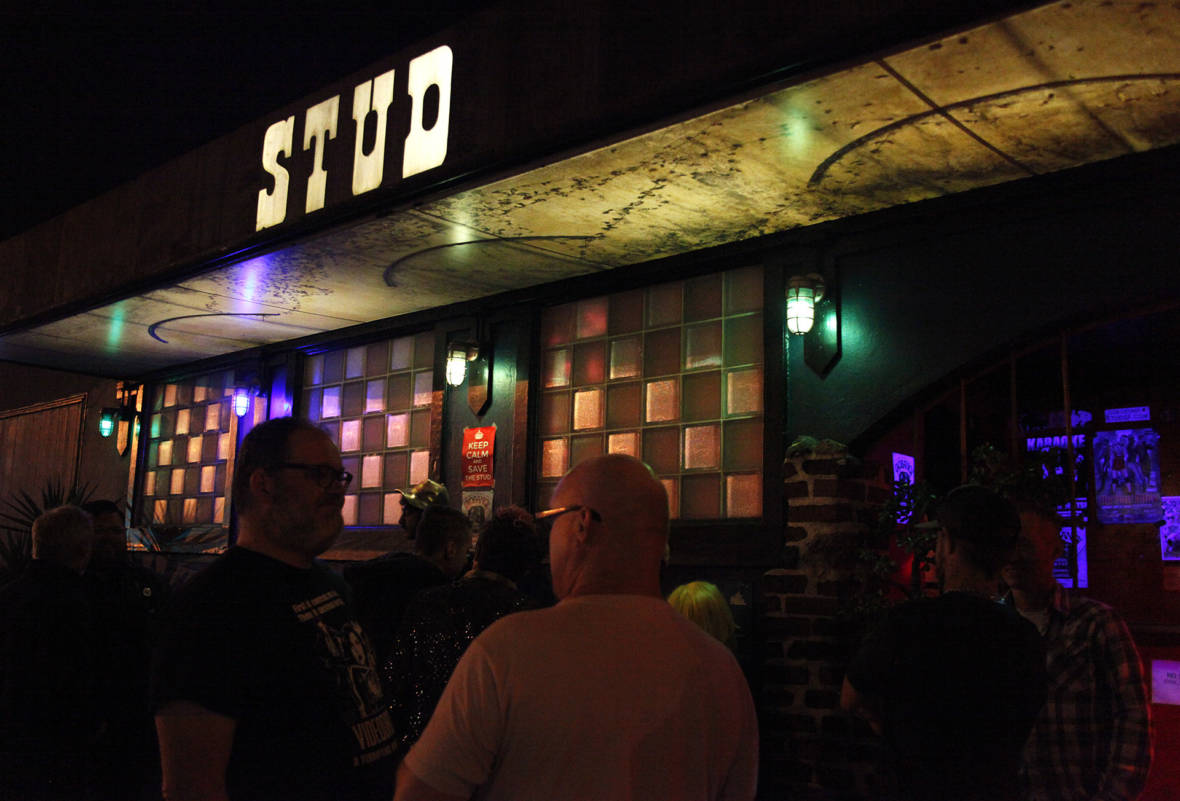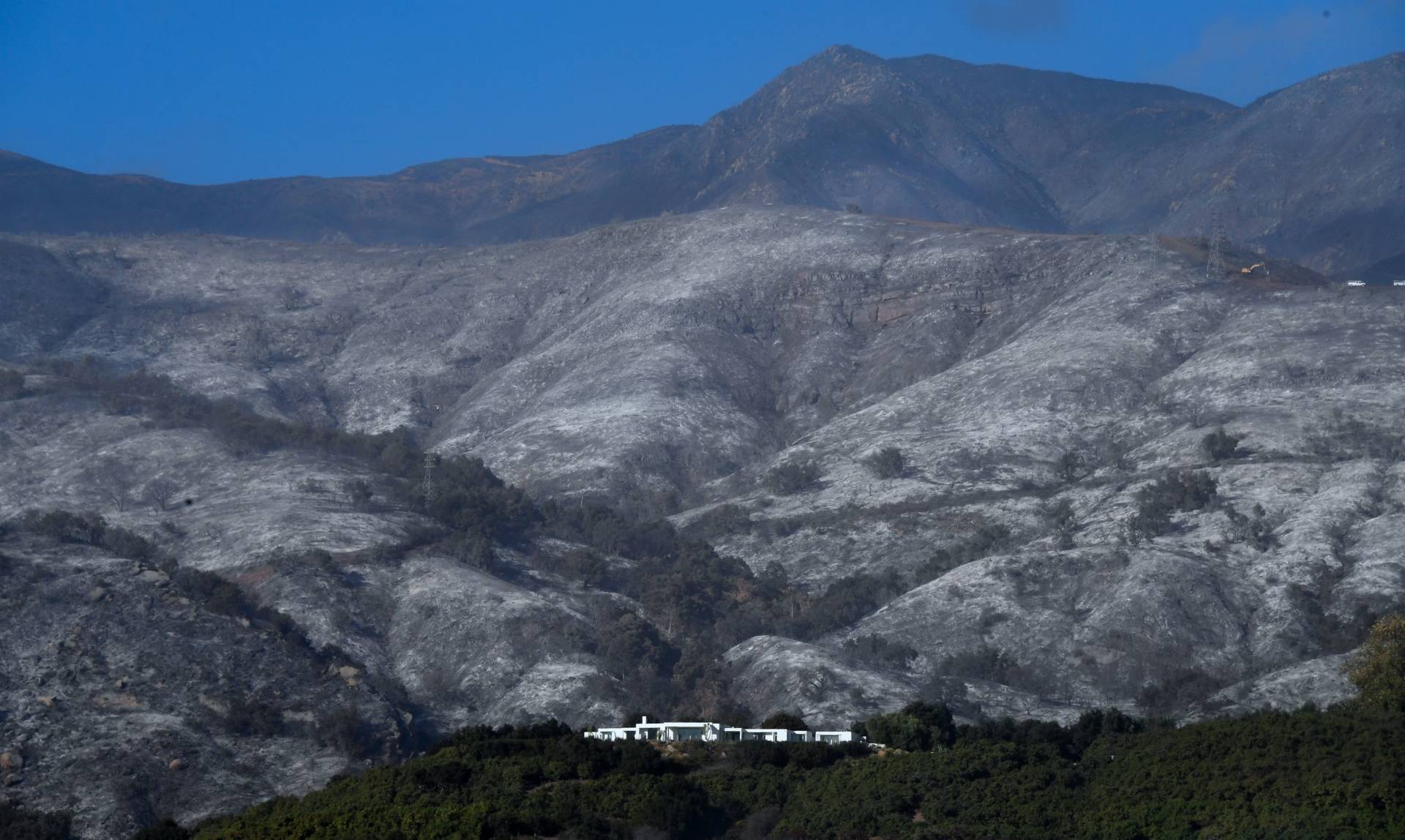It’s Thursday night at the Stud Bar and Sister Flora Goodthyme, a drag queen with sparkly blue lips and enormous eyelashes, is hosting her weekly karaoke dance party.
A first-time singer seems nervous, but Sister Flora coaxes him onto the stage with gentle reassurance.
“You’re going to nail it,” she whispers into her microphone. “You don’t have to sing it, you just have to own it.” Sister Flora loves helping people find their inner divas. To her, that’s what the Stud is all about. “It’s an incubator for everyone’s creativity,” she says.
The Stud is one of San Francisco’s oldest gay bars, founded in 1966. It has been a hot spot for generations of artists and creative types. Janis Joplin and Etta James performed at the bar’s original Folsom Street location. The current space, on Harrison Street, has attracted the likes of Bjork and Lady Gaga and was the birthplace of Trannyshack, a raucously eclectic drag show that’s inspired copycats around the world.

Sister Flora says the Stud is a place where you can “let your freak flag fly.”



